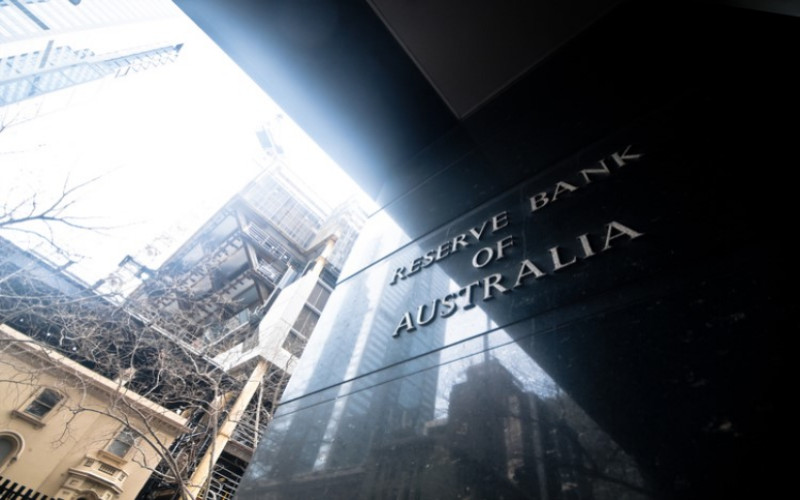
The Reserve Bank of Australia (RBA) continued its monetary policy upswing, marking its fourth consecutive month of hike that brings the cash rate to 1.85%.
The 50bps increase in rate hike came as the consumer price index (CPI) continues to run hot, with inflation rising to 6.1% annually over the June quarter, the highest annual rate since 1990.
Furthermore, the unemployment rate is now sitting at 3.5%.
Here are some of the highlights from RBA Governor Philip Lowe's latest monetary policy statement:
On inflation:
- The RBA places high priority on the return of inflation to the 2–3 per cent range over time, while keeping the economy “on an even keel”
- Inflation is at its highest since 1990s.
- It is expected to peak later this year and then decline back towards the 2% to 3% range.
- The projected moderation in inflation reflects the ongoing resolution of global supply-side problems, the stabilisation of commodity prices, and the impact of rising rates.
- Central forecast: CPI inflation to be around 7.75% in 2022, over 4% in 2023, and 3% in 2024.
On the economy:
- The economy is expected to grow strongly. The central forecast for GDP is 3.25% in 2022 and 1.75% over each of the next two years.
- Unemployment rate at its lowest but central forecast point to a 4% rate at the end of 2024.
On household spending, house prices
- Household spending remains a key concern as inflation and interest rates put pressure on household budgets.
- Consumer confidence has fallen and house prices have has been declining in some markets after large increases in recent years.
- Households have built up large financial buffers, thanks to the savings rates which remain higher than before the pandemic.
Mr Lowe said the increase in rates today is a further step in the "normalisation" of monetary conditions in Australia.
"The increase in interest rates over recent months has been required to bring inflation back to target and to create a more sustainable balance of demand and supply in the Australian economy,” he said.
“The RBA expects to take further steps in the process of normalising monetary conditions over the months ahead, but it is not on a pre-set path.”
Mr Lowe maintains last month’s statement about the size and timing of future interest rate increases, which he said will be guided by the incoming data and the RBA’s assessment of the outlook for inflation and the labour market.
“The RBA is committed to doing what is necessary to ensure that inflation in Australia returns to target over time.”
PropTrack senior economist Eleanor Creagh said the upswing has already taken the cash rate up by 175bps since May, the fastest since 1994.
“This was widely expected given the RBA has signalled a desire to ‘get ahead of the curve’ and the board are committed to ‘doing what is necessary’ to overcome the challenge of high inflation,” she said.
“The economy has entered the tightening cycle with strong momentum and although consumer confidence has dropped, the labour market is tight, the unemployment rate is at a 48-year low, vacancies are at record highs and business conditions remain strong.”
Ms Creagh said these conditions will allow the RBA to continue raising the target cash rate toward their estimates of the neutral rate, whilst monitoring the evolution of household spending as interest rates rise – a key source of uncertainty.
“To ensure inflation expectations remain anchored around their 2-3% target, the board is expected to continue to frontload their hiking cycle,” she said.
Impact on housing market
Ms Creagh said it is crucial to see how household spending holds up against a backdrop of higher inflation and falling prices versus savings, wealth buffers, and stronger wages growth — all of which will also be a key uncertainty for the housing market.
“As interest rates have risen, housing market conditions have moderated, and this is likely to continue as interest rates continue to rise,” she said.
Current market conditions have already cooled as buyer confidence has waned. Auction volumes and clearance rates have also fallen while sales volumes have slipped, leading to price declines.
In fact, the PropTrack Home Price Index showed a national decline of 1.66% in prices since March.
“As repayments become more expensive with rising interest rates, housing affordability will decline, pushing prices further down,” Ms Creagh said.
Rising rates will constrain borrowing capacities and increase the costs of servicing mortgages significantly, which would have an overall impact on would-be borrowers and would continue to weigh on home prices.
“For sellers, it is time to reset price expectations and be mindful that your property may take longer to sell with fewer competing bidders — demand from prospective buyers will continue to decline as uncertainties around future borrowing costs, the fast pace of rate rises and declining consumer sentiment weigh,” Ms Creagh said.
“For those looking to get into the market, there will be less competition and a lot more choice that could create opportunities for some.”
Collections: Interest Rates Mortgage News RBA



Share